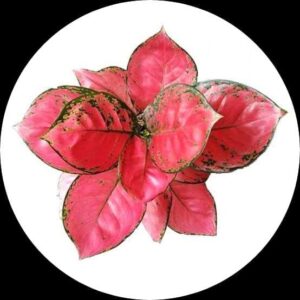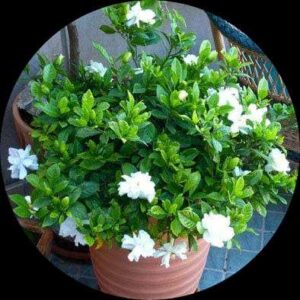- Empty cart.
- Continue Shopping
Kuini Mango
Original price was: ₹8,560.00.₹5,982.00Current price is: ₹5,982.00.
Genus : Mangifera
Discover the wonders of Kuini Mango with our Kuini Mango Fruit Plant. This tropical treasure produces luscious and fragrant Kuini Mangoes, renowned for their sweet and creamy flesh. With its stunning appearance and delectable fruits, the Kuini Mango Fruit Plant is a must-have for any mango lover or garden enthusiast. Grow your own Kuini Mango Fruit Plant and savor the flavors of this tropical delight.
Kuini Mango, also known as Mangifera odorata, is a tropical fruit tree that is native to Southeast Asia. It is commonly grown in countries such as Malaysia, Indonesia, and the Philippines, where it is highly valued for its delicious and unique fruit.
The Kuini Mango tree is a medium-sized tree that can grow up to 15 meters tall, with a broad, spreading canopy. The leaves are large and leathery, and the flowers are small and yellow or cream-colored. The fruit of the Kuini Mango tree is roughly oval-shaped and grows to about 8-10 cm in length. It has a smooth, greenish-yellow skin and a juicy, fibrous pulp that is yellow or orange in color. The flavor of the fruit is sweet and tangy, with a subtle aroma of resin or turpentine.
The Kuini Mango plant is relatively easy to grow and maintain, and is well-adapted to tropical and subtropical climates. It prefers well-drained soils and full sun exposure, and can be propagated from seeds or cuttings. The fruit is typically harvested when it is fully ripe, which is indicated by a slight softening of the flesh and a yellowing of the skin.
In addition to its culinary uses, the Kuini Mango tree has a variety of traditional medicinal uses in Southeast Asia. The bark, leaves, and fruit have been used to treat a variety of ailments, including diarrhea, fever, and respiratory infections.
Overall, the Kuini Mango fruit plant is an important cultural and culinary resource in Southeast Asia, valued for its delicious and unique fruit, as well as its traditional medicinal use













Reviews
There are no reviews yet.